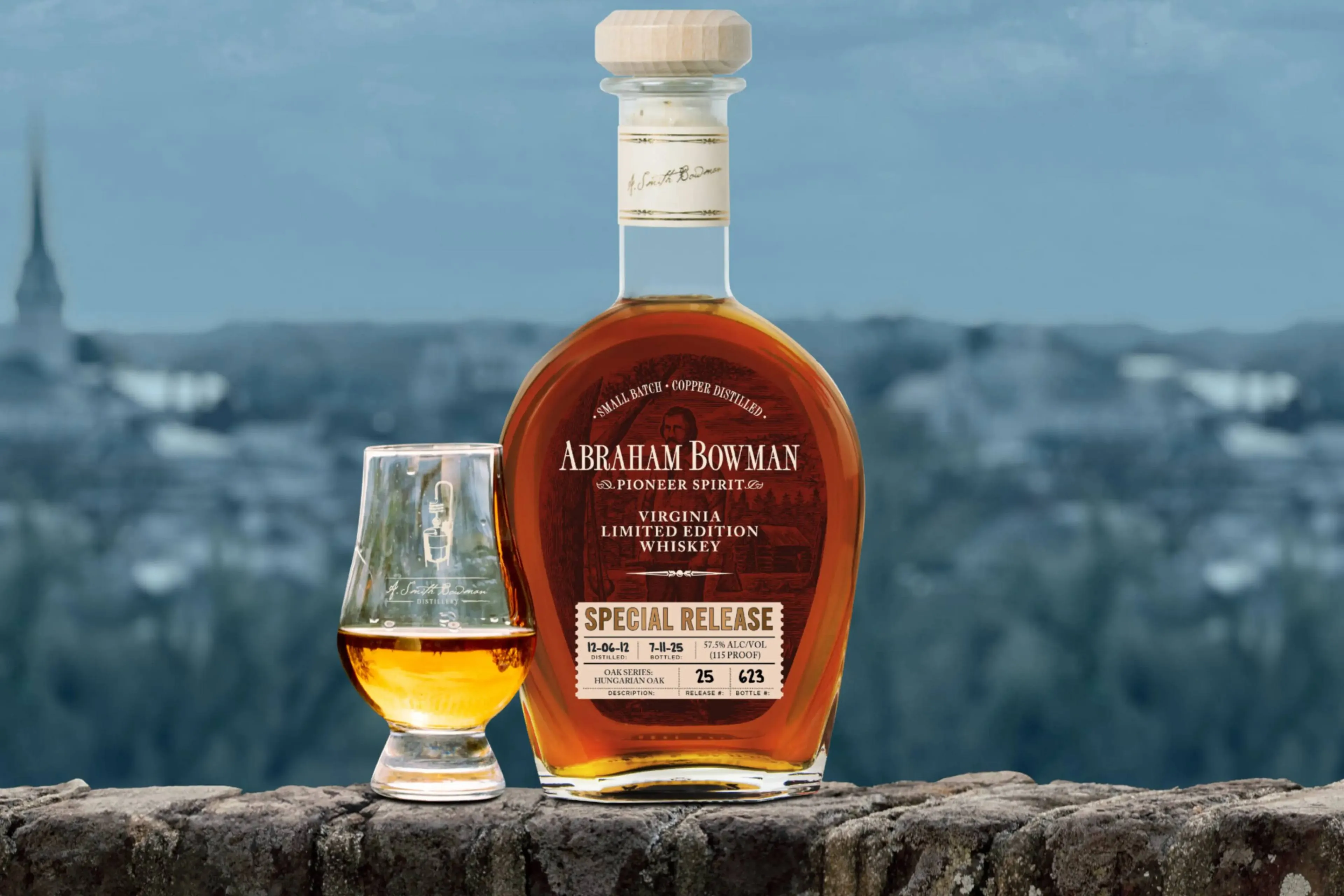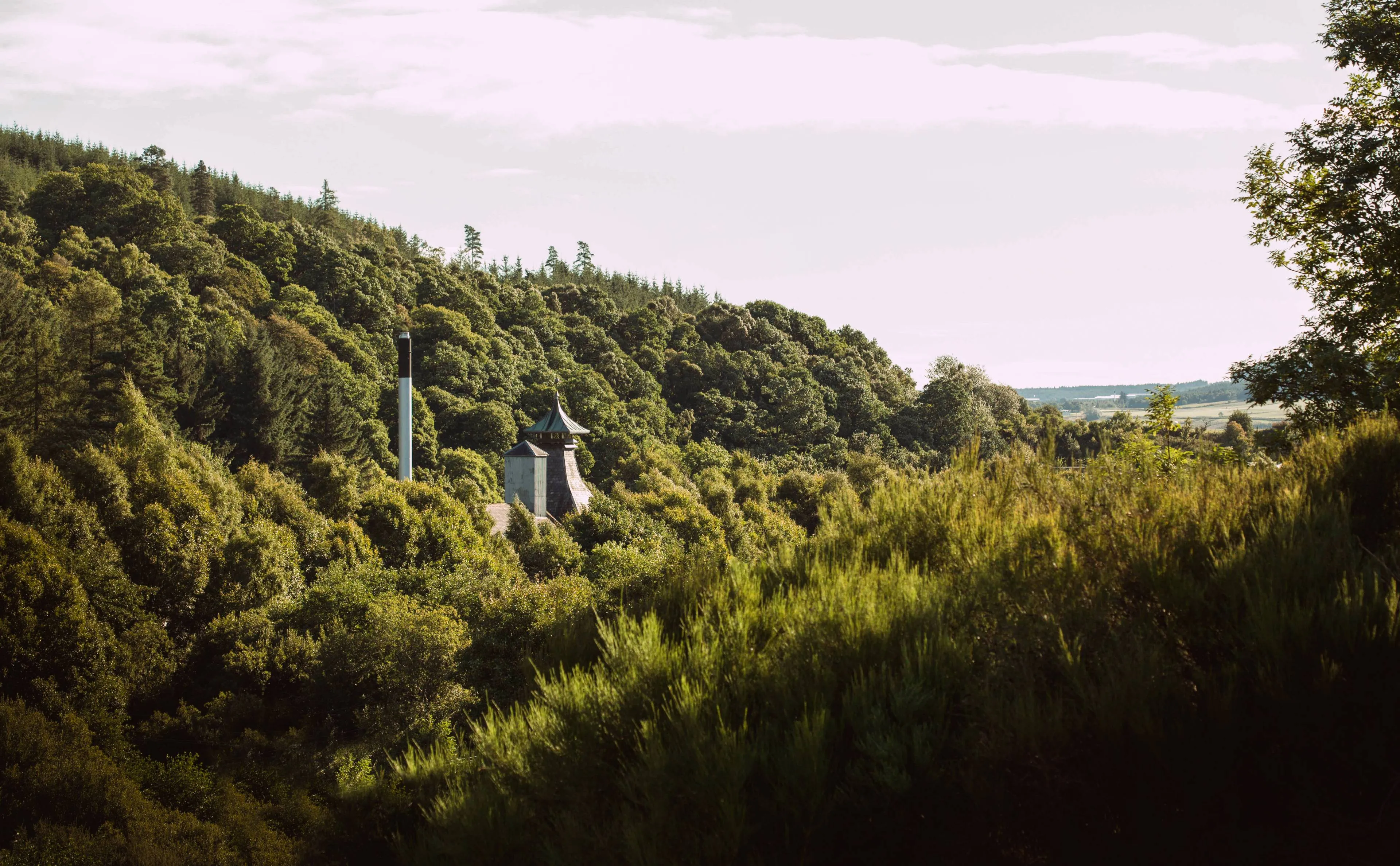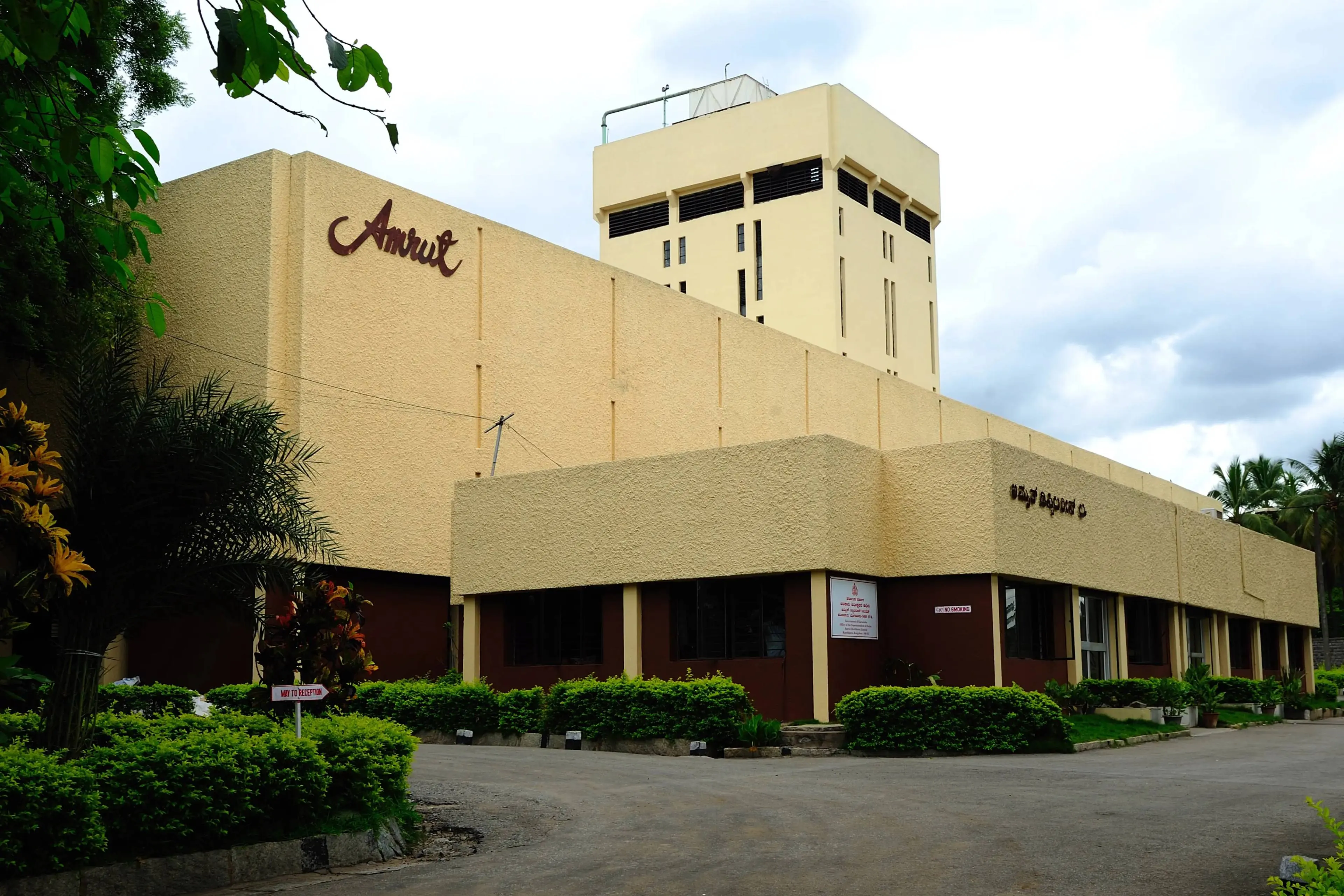Distillery Thursday: The Rich History of Buffalo Trace Distillery
SectionsThursday, 21 August 2025 at 17:01
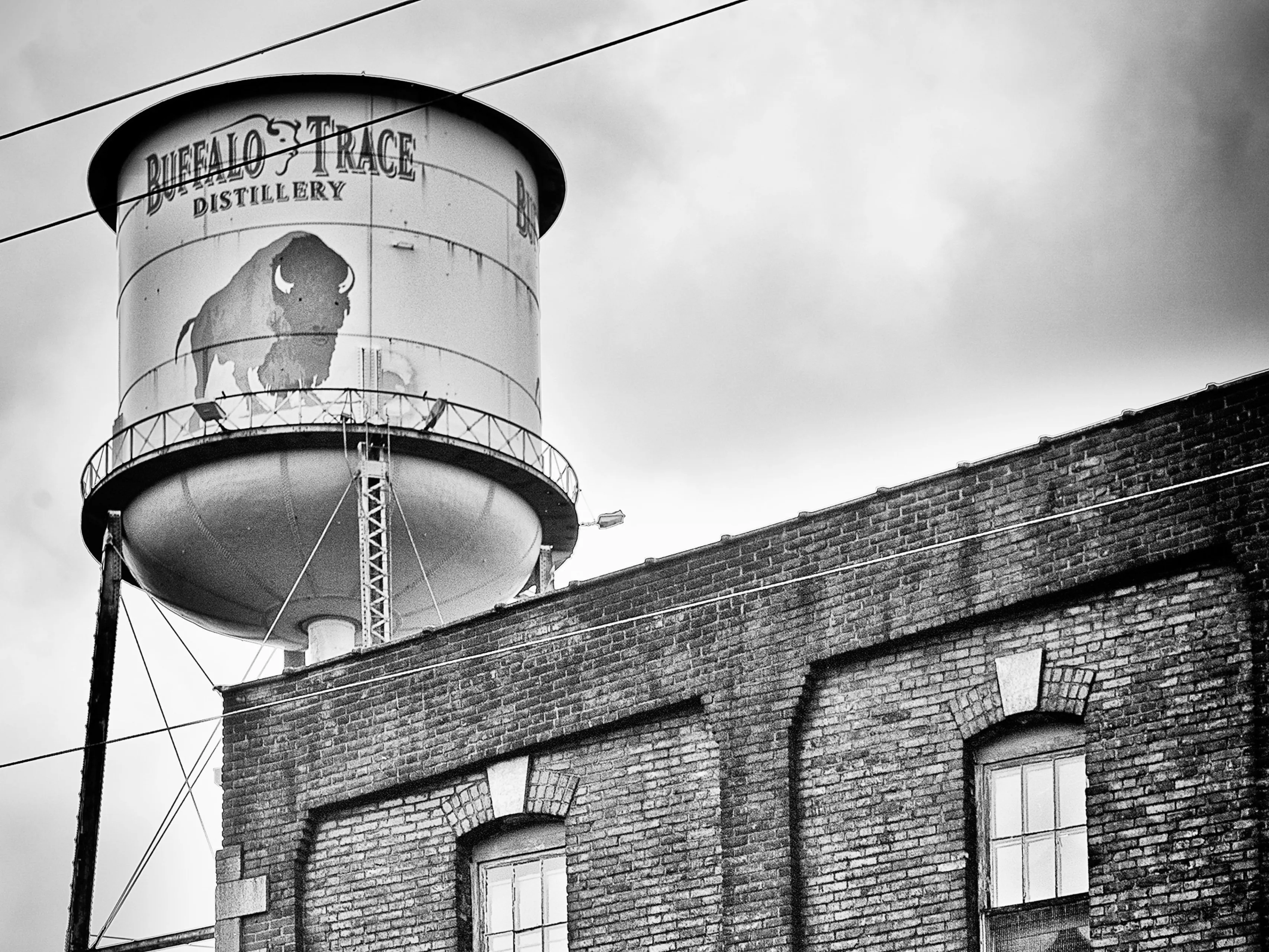
When you think of bourbon, there's a good chance Buffalo Trace Distillery in Kentucky comes to mind. After all, this distillery is the oldest and largest continuously operating distillery in the United States, boasting a massive collection of brands under its wing.
This article was previously published on the Dutch Version of Whisky Monkeys.
The Birth of Lee's Town
It's the year 1773, a time when America doesn't yet have a president and much of North America is under British colonies. The continent remains largely unexplored, with parts of it being British colonies. Gradually, the uncharted territories of America are claimed by pioneers who don't always emerge unscathed.
Others, however, are more fortunate. Hancock Taylor explores the west via an ancient bison trail. This path has been tread upon by pioneers who typically set up camp near the Kentucke River (nowadays known as the Kentucky River) for a reprieve.
Taylor determines that the spot by the river is ideal for a settlement. There are people traversing the bison trail, and the river is shallow at this spot. The spot was also popular among bison crossing the river to the Great Plains.
Less than two years later, Lee’s Town, named after Willis Lee (one of the founders), was established. While it's not been officially confirmed, there are tales that whiskey was distilled in this fledgling settlement as early as the first year.
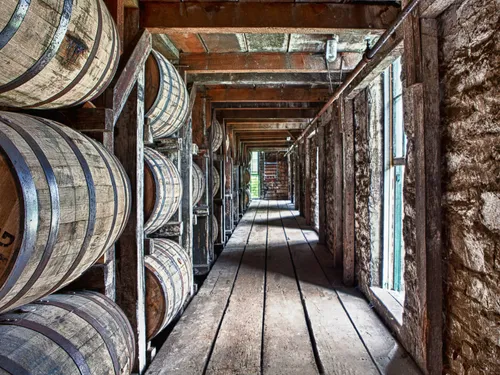
From Conflict With Native Americans to America's First Distillery
The early days of Lee’s Town were rather turbulent. The bison trail was not only used by bison and pioneers—Native Americans also used the trail for bison hunting, and they were displeased that the new village obstructed their path. They launched attacks on the settlement. People were forced to flee or perished, leaving Lee’s Town abandoned.
Ultimately, the settlement was revived in 1775, this time to greater success. Lee’s Town became known as a transit point to New Orleans for various goods including tobacco, hemp, and the "water of life." The distillation of the first spirit probably began this year, although the distillery didn't yet bear the name we know today.
Fast forward to 1811. Kentucky has been recognized as the 15th American state by George Washington and has significantly grown. In Lee’s Town, a three-story building is constructed adjacent to the river for storing commodities like whiskey barrels. Among these barrels are the first commercial elixirs produced by Benjamin Harrison Blanton who officially started distilling around that time.
A New Name and a Major Renovation
The distillery is thriving. Whiskey production is scaling up to an industrial level—a fact not lost on Colonel E.H. Taylor, who buys the distillery.
The Colonel swiftly renames the distillery as Old Fire Copper Distillery, or O. F. C. Distillery. The name reflects the belief that the best whiskey is made in copper kettles heated with an open wood fire. The name isn’t the only change the distillery experiences.
Taylor invests over 70,000 dollars to modernize and expand the distillery, introducing copper fermentation tanks and column stills. The warehouses are fitted with steam-powered heating systems. Additionally, two new warehouses for whiskey storage are built.
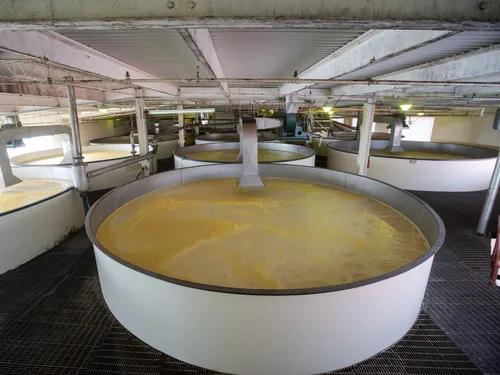
A Disastrous Sale
Despite the modern enhancements and expansion of the O.F.C. Distillery, disaster strikes. Lightning ignites a devastating fire at the O.F.C. Distillery, a calamitous event that goes down in history as 'The Great Fire'—the most massive fire the distillery ever faced.
The distillery left in ruins had to be rebuilt, a revamp not covered by the insurer. Taylor is forced to shell out 44,000 dollars for the renovation—an unexpected expenditure, but one he was willing to shoulder.
In fact, he decides to build a third warehouse and equip the new distillery with a large wing dedicated to fermenting and mashing. This warehouse, too, is outfitted with a steam heating system.
However, Taylor's expenditures land him in deep trouble. His entire capital is sunk into the renovation, and a financial setback pushes the distillery's owner to sell off the business.
George T. Stagg, a businessman and barrel trader from St. Louis, comes to his rescue. He buys the distillery in 1878 and opts to rename it as the George T. Stagg Distillery in 1904. Its kettles continue to distill spirit unendingly, a spirit that has since become known as one of the finest bourbons in the country.
Medicinal Whiskey
It's a good thing that the distillery is renowned for its spirit, as Prohibition disrupts the sale of whiskey in the country on a massive scale. Liquor production and sale are outlawed by government order. However, thanks to Albert B. Blanton, who has served the Kentucky distillery for years, the Buffalo Trace Distillery's kettles can continue to operate.
Having started as an office assistant in 1897, he climbed the ranks to become the production facility manager and, by 1921, director of the George T. Stagg Distillery. Through astute negotiation with government agencies, he secures permission for his distillery to continue manufacturing whiskey for medicinal purposes.
In 1930, Blanton succeeded in changing the license to a general distilling permit. Production was ramped up and the George T. Stagg Distillery became one of only four distilleries able to make whiskey in Kentucky.
In the meantime, the distillery changed ownership. The Schenley Distillers Corporation took over the rights and planned a new expansion.
Wet Feet
Under Blanton's guidance, countless new storage warehouses for barrels are constructed. By the outbreak of World War II, the first of a total of seven warehouses, capable of storing 50,000 barrels, is ready.
It is not the war that brings trouble to the whiskey factory. A huge flood inundates the region. The new warehouse, named Warehouse H, is in deep water, as is the distillery's power plant. This causes significant delays, but the pot stills keep operating, even when the staff has wet feet.
By 1942, the millionth barrel of whiskey is filled. To commemorate this milestone, the distillery constructs a single warehouse, solely for this one whiskey barrel. As far as is known, it is the only 'single barrel warehouse' in the world.
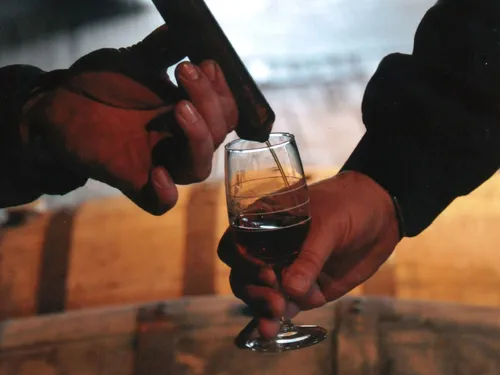
The Advent of a Whiskey Legend
World War II comes and goes, without causing too much disruption to the distillery. After the war, a pilot from the U.S. Air Force decides to work at the Kentucky distillery. This is Elmer T. Lee. He starts in 1949 as a machinery repairman and works his way up to distillery manager in 1969. In 1981, he even became a master distiller.
In this role, he receives an important mission: create a new bourbon that can stand alongside the finest Scotch and cognac. It is an attempt by the distillery to elevate the reputation of bourbon, which has a dowdy image of being an old man's drink.
Lee decides to follow in the footsteps of predecessors like Blanton. He had a knack for predicting which barrels would produce exceptionally rich whiskey, and set these aside for special bottlings for big corporate relationships. The master distiller repeats these steps, but for a wider audience.
Not long after, in 1984, the director of the distillery is honored with his own beverage: Blanton's. This whiskey comes in a special bottle capped with a cork featuring a horse rider and is the first single barrel bourbon produced in the world.
Read also
Buffalo Trace Distillery
In 1992, the distillery is taken over by the family-owned Sazerac Company. The company decides it's time for renovations. All buildings are refurbished and upgraded. Once the last touches are placed on the refurbishments in 1999, the name is changed to Buffalo Trace Distillery.
The renaming is a tribute to the distillery's roots, the pioneers who once camped at the distillery's location, and the ancient buffalo trail where the animals once migrated to The Great Plains.
Sazerac's acquisition leads to a new era for Buffalo Trace Distillery. The years following the renovation are prosperous. In 2000, the distillery becomes the first American distillery to receive the title 'Distillery of the Year', followed by many more awards.
Numerous Whiskeys Under One Roof
Buffalo Trace Distillery does not stake all its claim on one brand. Alongside the Buffalo Trace bourbon, many more whiskeys have been distilled and bottled for years. A variety of its whiskeys are known worldwide and can be found in all segments. A selection of whiskeys distilled by the Buffalo Trace Distillery includes:
- Buffalo Trace bourbon
- Colonel E.H. Taylor
- Eagle Rare
- Fireball
- Ridgemont
- Sazerac
- Pappy van Winkle
In addition to widely available expressions, there are some elusive brands in the American distillery's repertoire. Consider the Eagle Rare Bourbon and iconic Pappy van Winkle whiskey. Both drinks are bottled infrequently as they undergo an extensive aging process. The Pappy van Winkle is moreover, made from an ancient recipe.
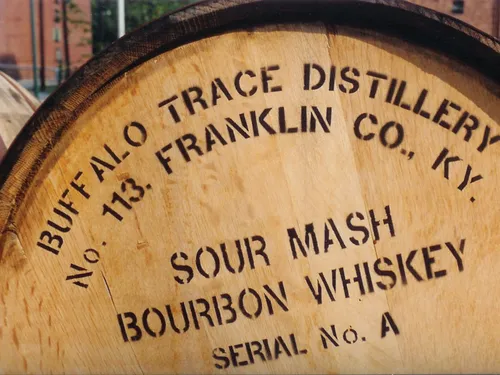
Mysterious Matters
By 1995, Harlen Wheatley has joined the company. By 2000, he becomes the distillery manager and five years later, the sixth master distiller of Buffalo Trace.
His tenure coincides with a tumultuous period marked by mysterious events. Without anyone realizing, bottles of whiskey from all brands begin to go missing. This only comes to light in 2013 during an inspection.
It turns out that more than 200 bottles of Pappy van Winkle are missing, along with various whiskey barrels of different brands and entire cases of Eagle Rare Bourbon. A comprehensive police investigation initially leads to nothing and the incident is termed 'Pappygate'.
After years as a cold case, anonymous tips finally lead to an arrest. The full story is unravelled in the Netflix series 'Heist', where two episodes dedicated to 'Pappygate' are titled 'The Bourbon King'.
A Major Attraction
Buffalo Trace remains the oldest continuously operating distillery in Kentucky to this day. The distillery has achieved National Historic Landmark status and attracts over 30,000 visitors annually.
Through various guided tours, the extensive history of Kentucky, bourbon and Buffalo Trace is narrated. For more information, you can visit the Buffalo Trace Distillery website.
Read also
loading
POPULAR NEWS
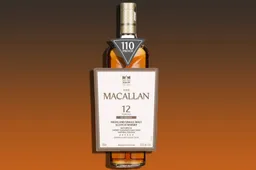
The Macallan Releases a Whisky Bottled at a Remarkably High ABV
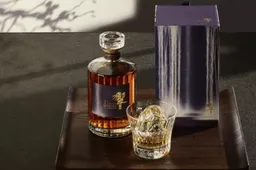
Black Friday 2025 Whiskies at The Whisky Exchange: Don't Miss These Deals
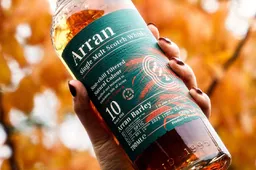
Arran Launches a New Whisky Series with an Exceptionally Fruity Single Malt
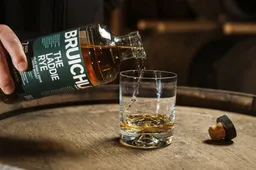
Bruichladdich debuts a new rye whisky, but you won’t find it everywhere
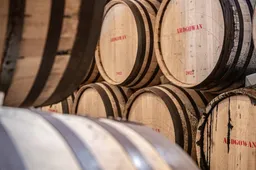
Is Whisky Still a Smart Move in 2025? 5 Reasons It Still Makes Sense
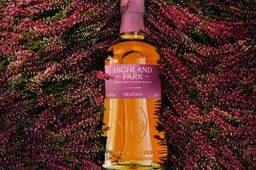
Highland Park's Latest Whisky is Both Floral and Formidable

The Hearach Whisky Gets a Stylish Twist, Courtesy of Sunspel
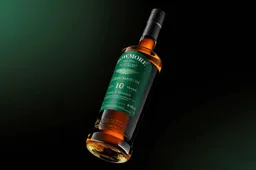
Why Aston Martin Is Suddenly Easing Off the Whisky and Betting Big on Tom Holland
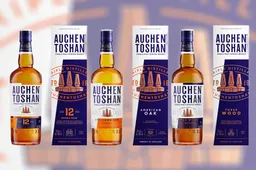
This Lowland Distillery gets a make-over for all it's whisky's
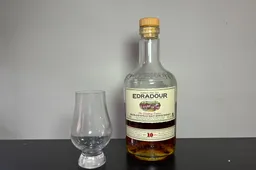
Edradour 10 Year Old Review: The Perfect Whisky for a Song or Two
LATEST COMMENTS
- Hi Yvonne, Thank you for your response and for sharing the video. Unfortunately, the evidence you referred to consists only of two people talking about the whisky, without any explanation or identification. We have not spoken to the individuals in the video ourselves, nor can we verify who they are. We describe it as a Chinese whisky because it is released by a Chinese distillery. As you mentioned, the distillery has chosen to label the product as “pure malt” instead of “Chinese whisky.” Based on that, we do not believe they are doing anything illegal.M0nkey16-11-2025
- So - you have the proof......where's your write up?Yvonne16-11-2025
- You are absolutely right. Luckily that doesn't matter for the taste of the whisky. Have you tried it yet?M0nkey05-11-2025
- Guess what? Finland is not part of Scandinavia.Gray105-11-2025
- Throw in the towel? You mean restructure to compete and win in a challenging industry environment.WestwardFounder21-10-2025
- There is nothing legally to prevent the English whisky GI from coming into force, it complies with all the relevant laws and the single malt definition follows the precedent of Welsh whisky and US whiskyChefBear15-10-2025
- Three emails sent (two with videos, linked to a Google Drive Share). 1. The original video. 2. The video with subtitles as it was shared on YouTube 3. Screen grab of the YouTube channel where the video was blocked due to Pernod Ricard lobbying. The story was covered on Drinks Intel at the time - link here - https://drinks-intel.com/subscriber-news/pernod-ricards-the-chuan-pure-malt-whisky-not-sourced-solely-from-china-global-drinks-intel-exclusive/Yvonne10-10-2025
- Hi Yvonne, Thank you for your interesting comment. Could you share your copy with us, so we can adjust our item accordingly? Mail us at [email protected]. Thank you in advance.M0nkey09-10-2025
- Let's keep this factually correct. Pernod Ricard DID NOT release a Chinese whisky. Their first output from The Chuan (the name of the distillery in Sichuan, China) wasn't fit for bottling. What they actually bottled was imported Scotch whisky. This is why the product is called "PURE MALT" and not "Chinese Whisky" - because Pure Malt is not a regulated term - this is not a secret. This was exposed about a week after they released it. There were even videos about their own staff on site admitting it was made from imported whisky - which Pernod Ricard got the lawyers onto to get the video pulled. I've got a copy if you want it.Yvonne09-10-2025
Loading
